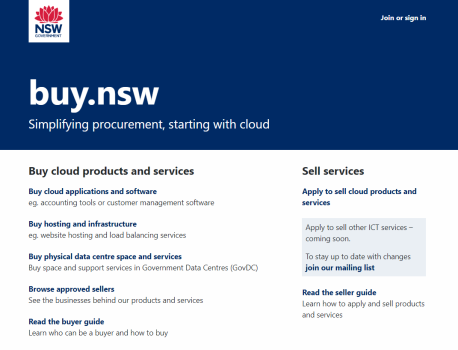Procurement procedures in NSW have become subject to analysis in a report from the Independent Commission Against Corruption (ICAC) finding it is an activity vulnerable to corruption.
The report titled Corruption Risks in NSW Government Procurement: The Management Challenge, released in December 2011, said a key reason procurement is vulnerable to corruption is the corruption controls of agencies often do not extend beyond written documents and training.
According to the report, about half of the 1515 government suppliers surveyed said they believed NSW public procurement is a “moderate to a major problem”.
“Each year, approximately 12 per cent of complaints received by the Commission include allegations of corruption in NSW government procurement, and approximately 30 per cent of our public inquiries make findings of corrupt conduct related to NSW government procurement,” the report said.
The report does not present itself as a “one-size-fits-all” solution to every problem in procurement context, rather it explains that managers “need to use their own judgement to mix and match compliance controls depending on the unique requirements of their workplace”.
It said there is no single method of corruption control because “simple reliance on policies, codes, and training will control only a small proportion of corruption”.
“There are many factors that create relatively unique sets of risks within each public agency,” the report said.
According to the report, these factors may include the organisation’s culture and history, the industry and markets it operates in, its structural arrangements, budget and management skills, and the procurement expertise available.
“As such, these factors require unique responses, which may include an array of approaches working in concert and tailored to the diagnosed risk,” the report said.
Using case studies as examples, its recommendations include strengthening procurement structures, where structural control uses centralized category management so that agencies know what to procure in advance, although centralization is not always a “realistic solution”.
The second section details strategies with the design and management of the procurement process, focusing on designing processes that limits opportunities for corruption.
Assessing behavioural motivation in the ‘people factor’ is covered in the third section, where individual staff members undertaking procurement activities can have ‘inappropriate behaviour’ in the absence of competence or expertise.
Comment below to have your say on this story.
If you have a news story or tip-off, get in touch at editorial@governmentnews.com.au.
Sign up to the Government News newsletter
Most read
Scathing report finds little has changed at PwC
Qld council welcomes progress on massive battery system
Inquiry to consider how federal govt can address councils’ sustainability issues
‘Local’ procurement turns out not to be so local, committee hears
Another report finds local government falling down on cyber security

